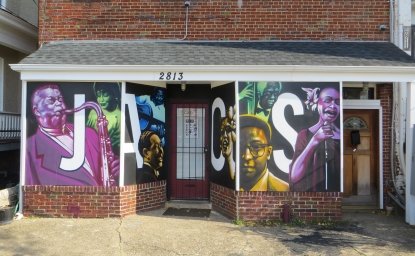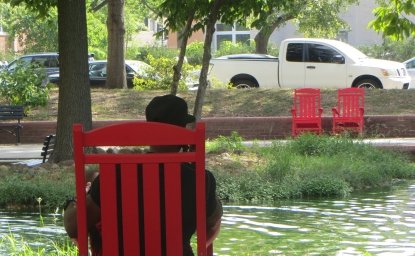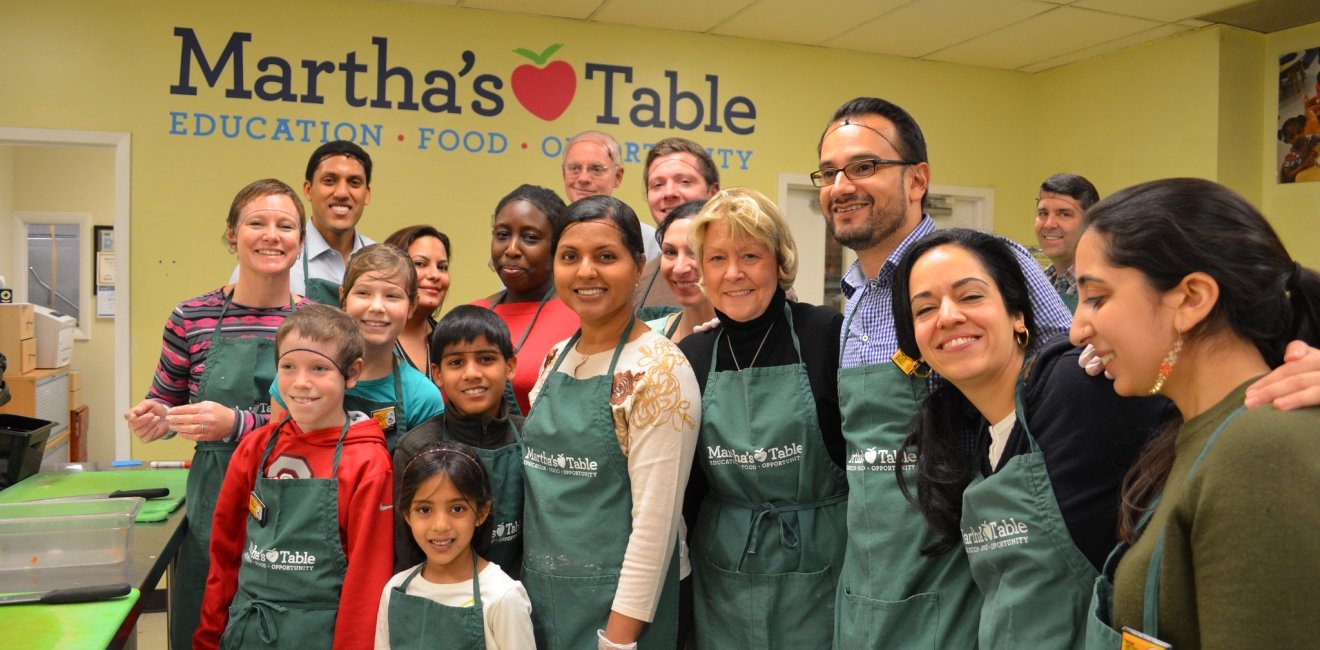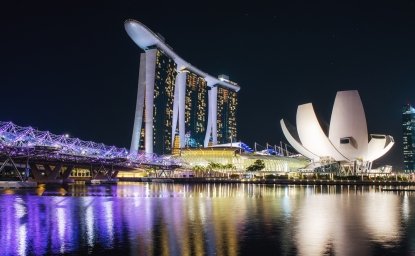Every year, around Labor Day, recent college graduates descend on the District in hopes of finding a job. I am writing to offer them some advice about how to adapt to their new home.
Dear New Washingtonians:
Welcome to Washington, an exciting area full of opportunity, yet one that is frequently misunderstood. As you settle in, please try to expand your horizons beyond politics and building your résumés. This is your chance to discover an area full of people pursuing their dreams.
Admittedly, discovering the real Washington area can be difficult, and you will encounter many people who have not found it. You can spot them by their litany of grievances, including perhaps the most tiresome trope: “No one is from Washington.”
Actually, tens of thousands of people are from the greater DC area, and many have families that have lived in the District for generations. Often, these native Washingtonians are African Americans, and the snide observers of the absence of hometown residents usually are white. They may be confirming certain aspects of American race relations rather than illuminating a peculiarity of the nation’s capital.
Others lament that Washington is not a “real” place — like back home in New York City or Iowa. Well, yes, Washington is like itself more than it is like either New York or Iowa or anywhere else — but it is real.
To step outside the stereotypes, here are 10 paths to a more genuine DC experience.
1. Volunteer for a community-based organization. Find a church, a school or a neighborhood club, and you will meet many people living “real” lives.
2. Shop at a local market where farmers sell their produce. Seek out the small neighborhood markets scattered across the metropolitan area on any day of the week — for instance, the Bethesda Farm Women’s Market.
3. Seek out performing-arts venues and focus on the dozens of locally run and managed theaters, music series and faith-based venues featuring local talent. World-class performers in music, dance, theater and more live and work in Washington, and they are often more accessible here than they are in New York and Los Angeles. What’s more, you easily could find yourself seated next to a member of Congress at Southwest Washington’s Westminster Church on Blue Mondays.
4. Visit a different museum every week and seek out the many small art and history museums around the DC region. The Kreeger Museum, the Phillips Collection and the Hillwood Estate, Museum and Gardens are among the best of their kind and retain the feeling of entering someone’s grand home (which reflects how each of these private collections came together).
5. Head to a library. Every jurisdiction in the DC area has vibrant library facilities while one of the most impressive libraries in the world — the Library of Congress — is situated in the heart of the District. Not surprisingly, Washington has been home to many of the country’s leading authors, as is revealed on the fascinating D.C. Writers’ Homes website.
6. Engage in Washington sports. True, the professional teams can be maddeningly frustrating to follow, but amateur and community sports opportunities abound. If you think you’ve got game, try out your hoop skills in a game of pickup at the legendary Rose Park court in Georgetown.
7. Ride the bus. Metrobuses are the workhorses of local transportation — throughout the city and beyond.
8. Find a locally owned restaurant. Ethnic restaurants and tiny neighborhood eateries abound here. In the 1980s, the truism seemed to hold that Washington diners benefited from lost revolutions abroad as excellent Ethiopian, Vietnamese, Salvadoran and Afghan restaurants opened up. By the 2010s, cuisines from all over the world had proliferated in the region. For some of the best Uzbek food anywhere, for example, check out Rus-Uz, a restaurant in Arlington’s Ballston area.
9. Explore beyond the Capital Beltway. Visit a small town on the Eastern Shore such as Chestertown, Md., less than an hour from the Chesapeake Bay Bridge. Or go for a hike in the Blue Ridge Mountains; better yet, visit one of the many Civil War battlefields within 100 miles or so of the Beltway. Head from Hagerstown, Md., to historic and natural touring opportunities including Antietam National Battlefield to the Chesapeake and Ohio Canal National Historical Park.
10. When in doubt, make an excursion to Baltimore. Washington’s neighbor is nothing if not real. Visit Lexington Market, one of the oldest continuously operating markets in the United States. A more down-home scene is difficult to imagine than Lexington Market on a Saturday afternoon.
Discovering a Washington beyond politics requires effort, but it’s worth it and will make your life here far more agreeable.
Welcome!
To read original article please click here.
Author

Former Wilson Center Vice President for Programs (2014-2017); Director of the Comparative Urban Studies Program/Urban Sustainability Laboratory (1992-2017); Director of the Kennan Institute for Advanced Russian Studies (1989-2012) and Director of the Program on Global Sustainability and Resilience (2012-2014)

Urban Sustainability Laboratory
Since 1991, the Urban Sustainability Laboratory has advanced solutions to urban challenges—such as poverty, exclusion, insecurity, and environmental degradation—by promoting evidence-based research to support sustainable, equitable and peaceful cities. Read more

Explore More in Building Inclusive and Livable Cities
Browse Building Inclusive and Livable Cities
Hometown D.C.: America's Secret Music City

Bringing New York to the Broadway Stage



